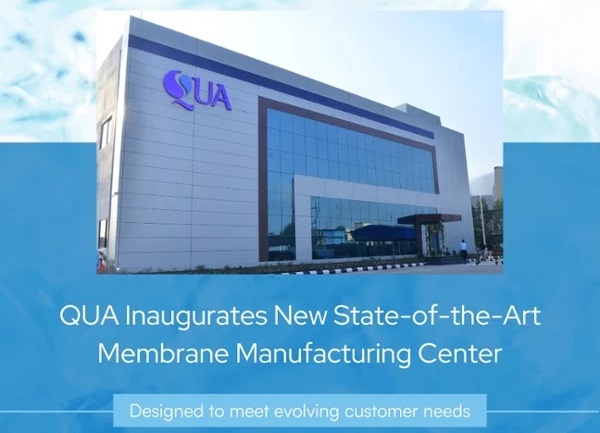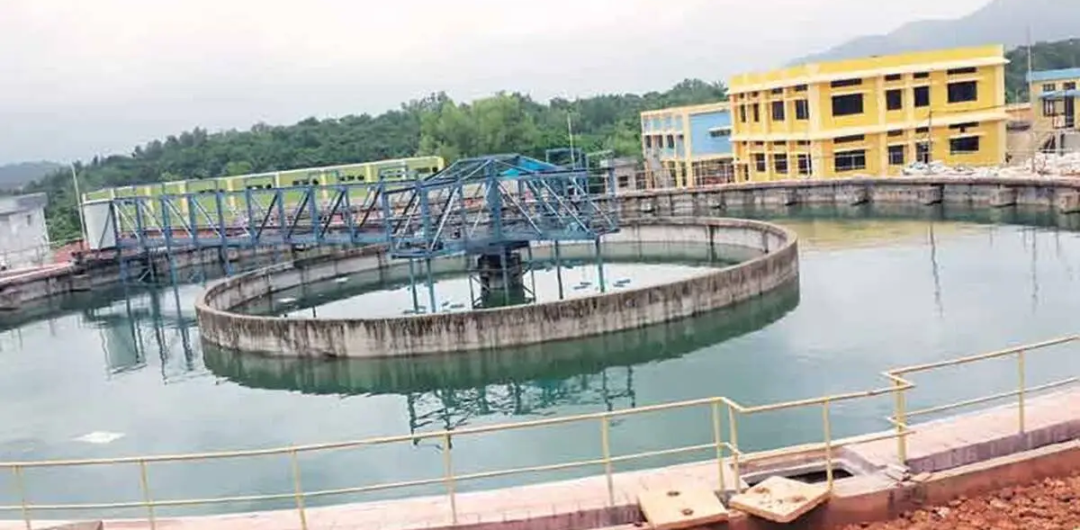The CAG has noted that non-availability of sewage treatment facilities in urban local bodies (ULBs) across the coastal areas was posing a major threat to aquatic animals following depletion of oxygen in marine water. Human lives too were at risk due to the increase in toxic elements in marine food.
The CAG noticed that CRZ notification 2011 prohibits disposal of waste and effluents into coastal waters and any existing practice of discharging untreated waste and effluents was required to be phased out by January 2013.
CAG noted that the action plan for dealing with pollution in coastal areas and waters was required to be made in a time-bound manner and submitted to MoEF&CC for technical and financial assistance. However, according to the Central Pollution Control Board’s (CPCB) March 2021report titled‘ National Inventory of Sewage Treatment Plants’, sewage generation for Gujarat was estimated at 5,013 million litres per day(MLD) and the total treatment capacity (including proposed) was estimated at 3,378 MLD (70 STPs).
The CAG identified 33 coastal urban local bodies (ULBs) and gathered data of STPs installed and also obtained water supply data. The CAG calculated sewage generation to be 80 per cent of the water supplied. Out of 33 ULBs, only eight ULBs had STPs installed as of March 2021. Of these eight ULBs, four had a shortfall of 164.02 MLD in sewage treatment capacity. In 17 ULBs, despite a need for STPs of 119. In three ULBs, STPs with capacity of 40. 22 MLD were being installed against the requirement of 46. 08 MLD. The CAG noted in the report that there was an overall shortage of sewage treatment capacity of 362. 42 MLD in 29 out of 33 coastal ULBs of the state.
The CAG recommended that the state government should consider installing STPs across coastal ULBs of the state.





